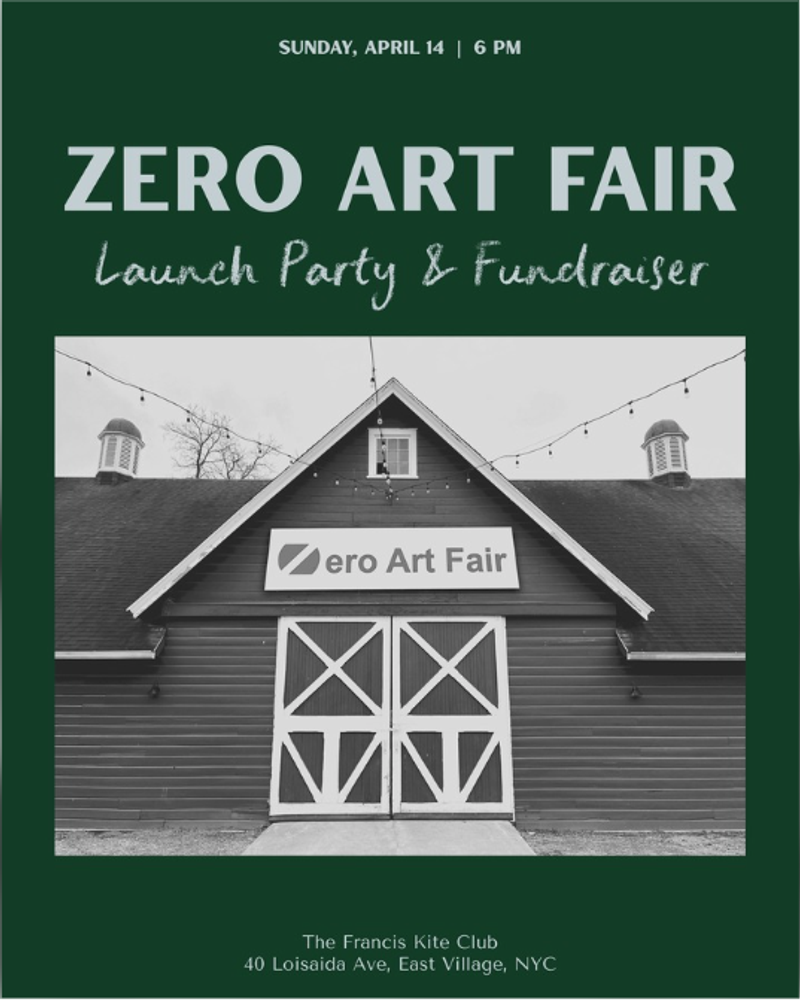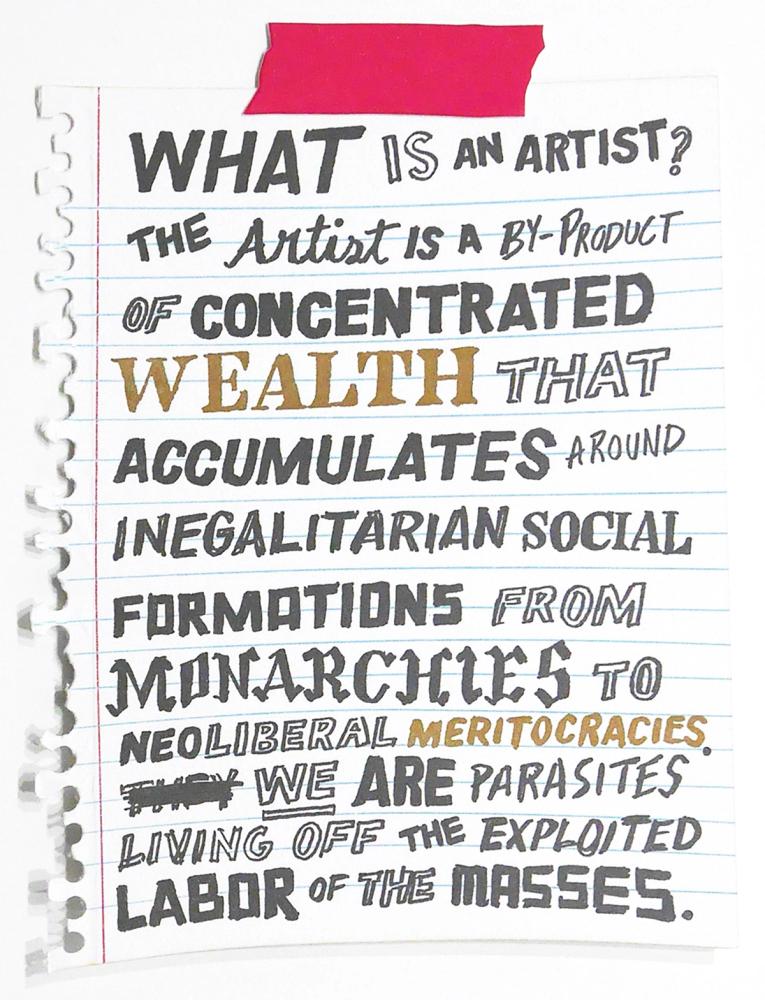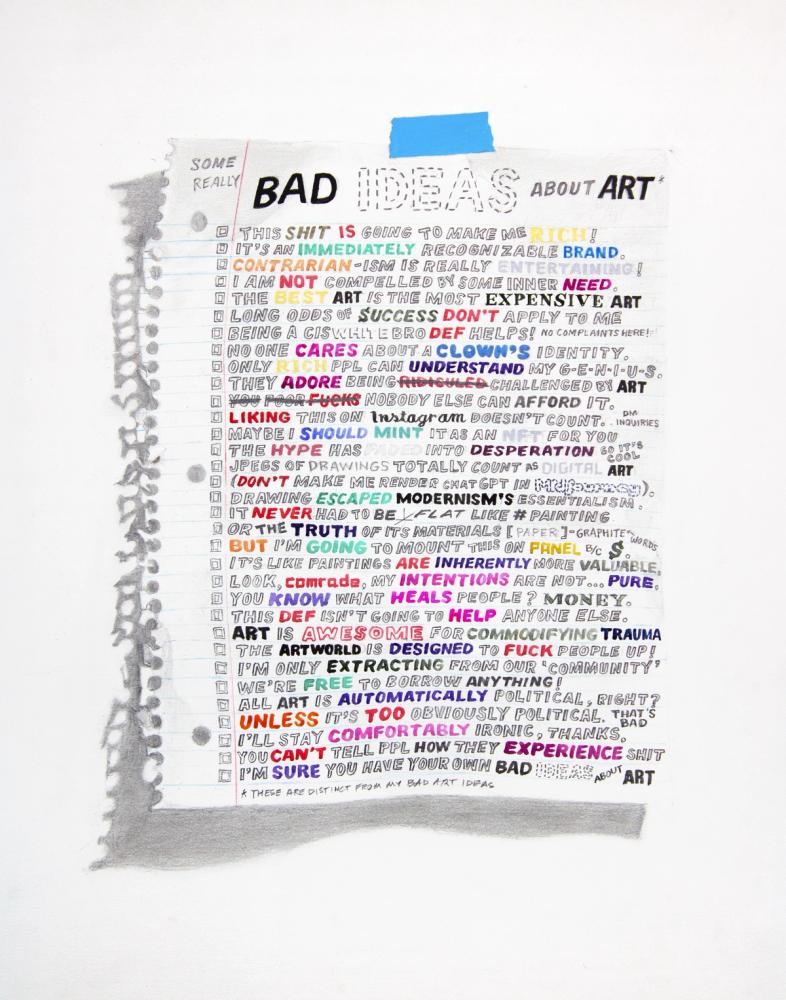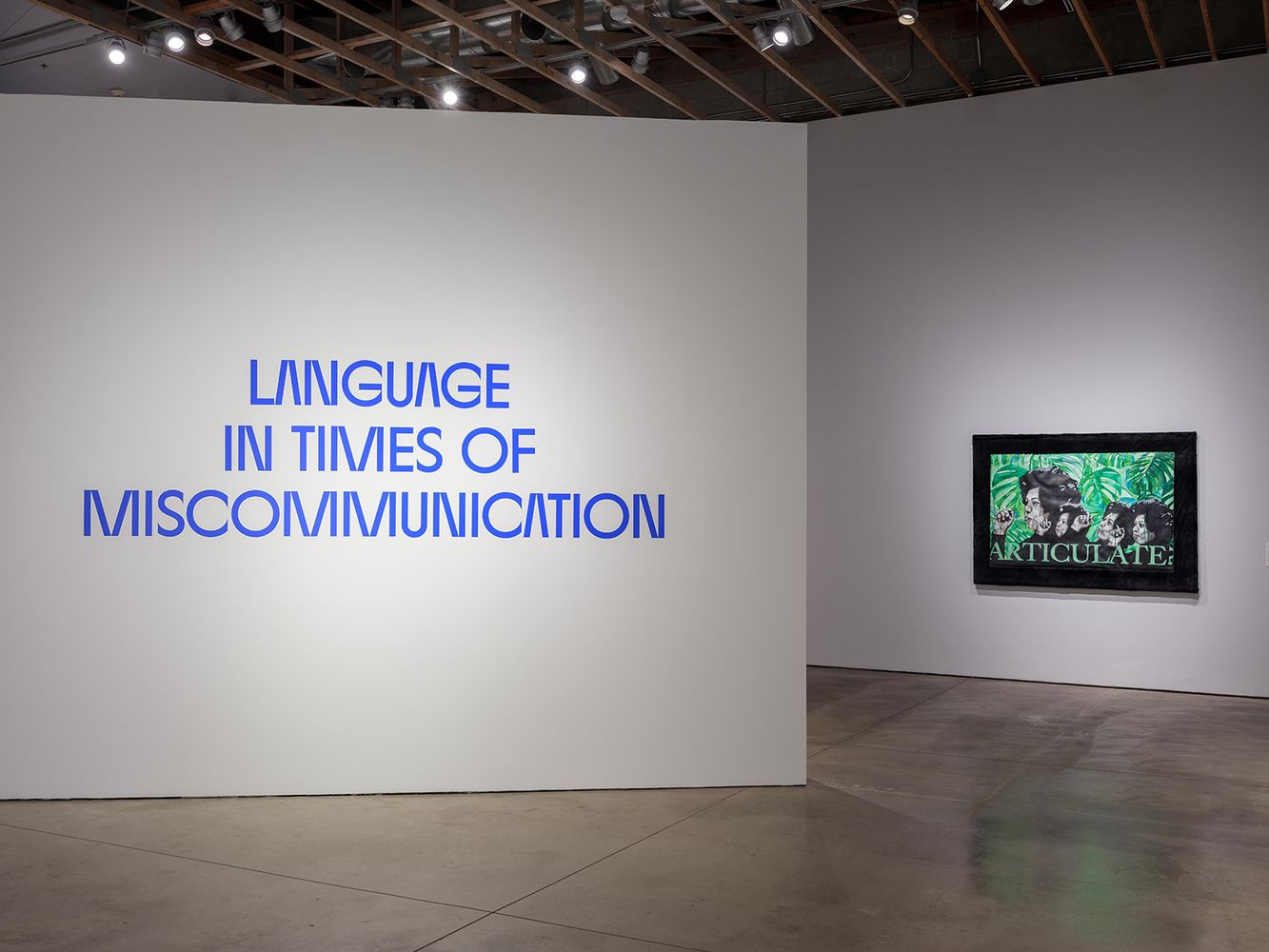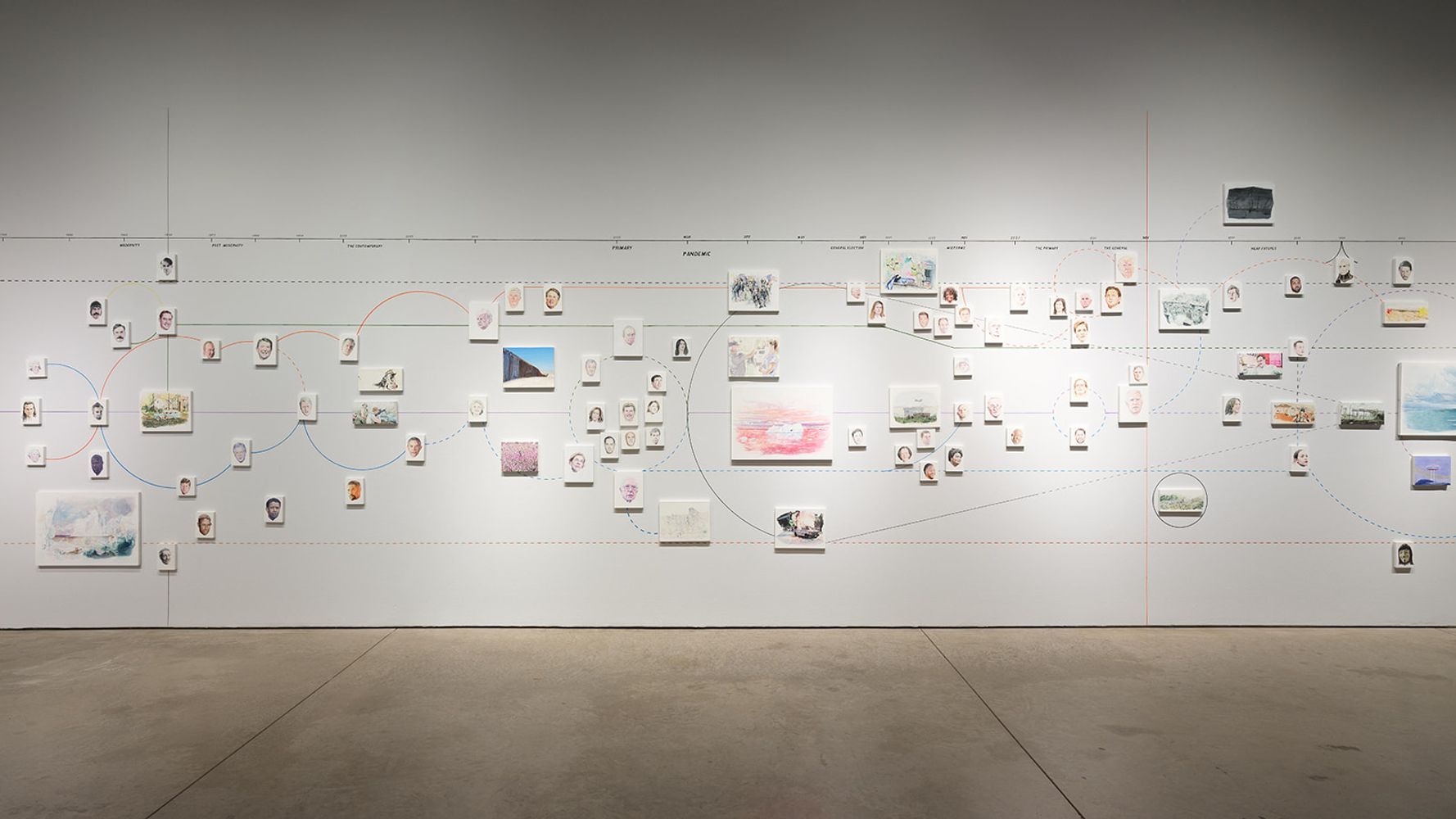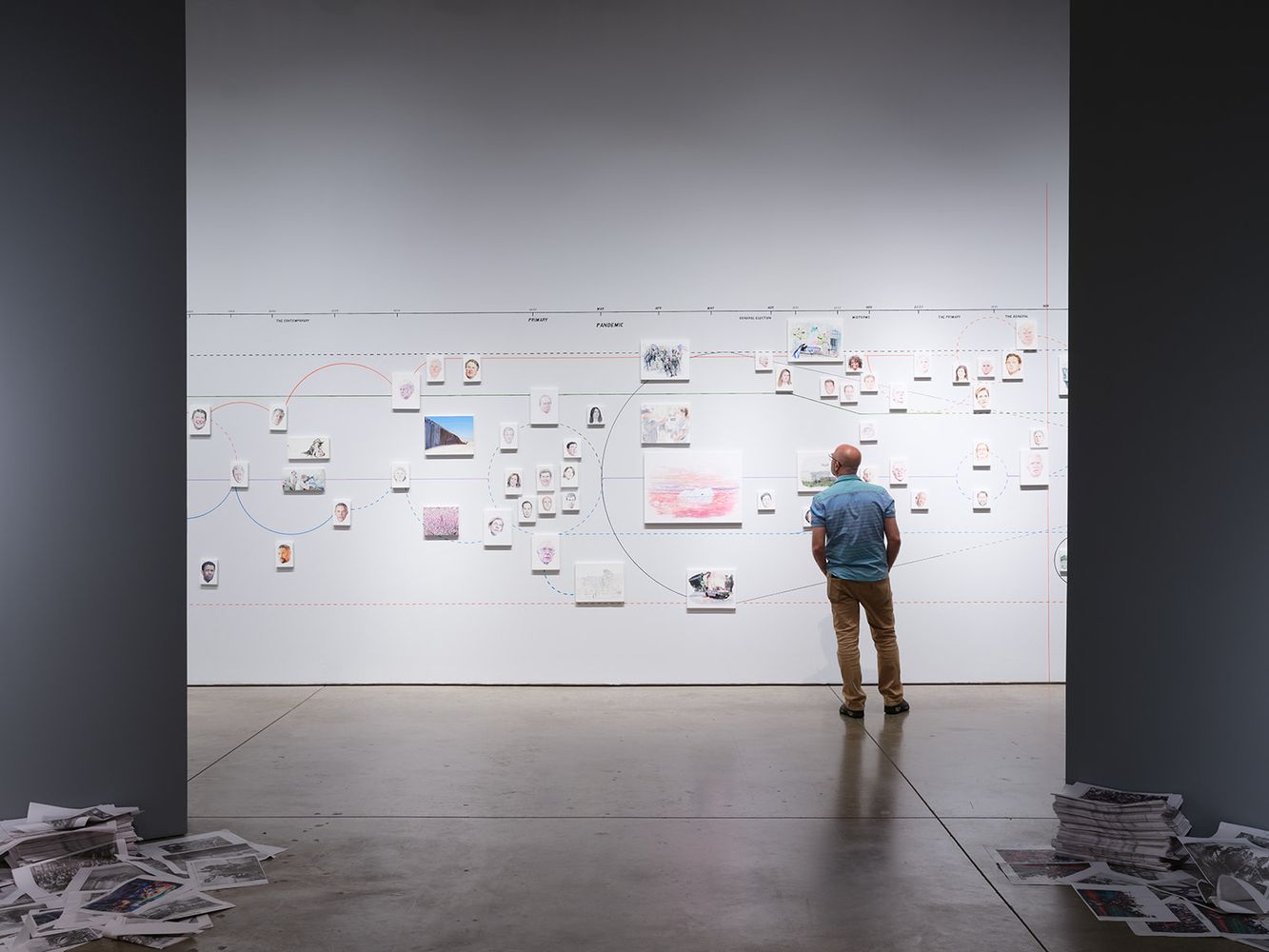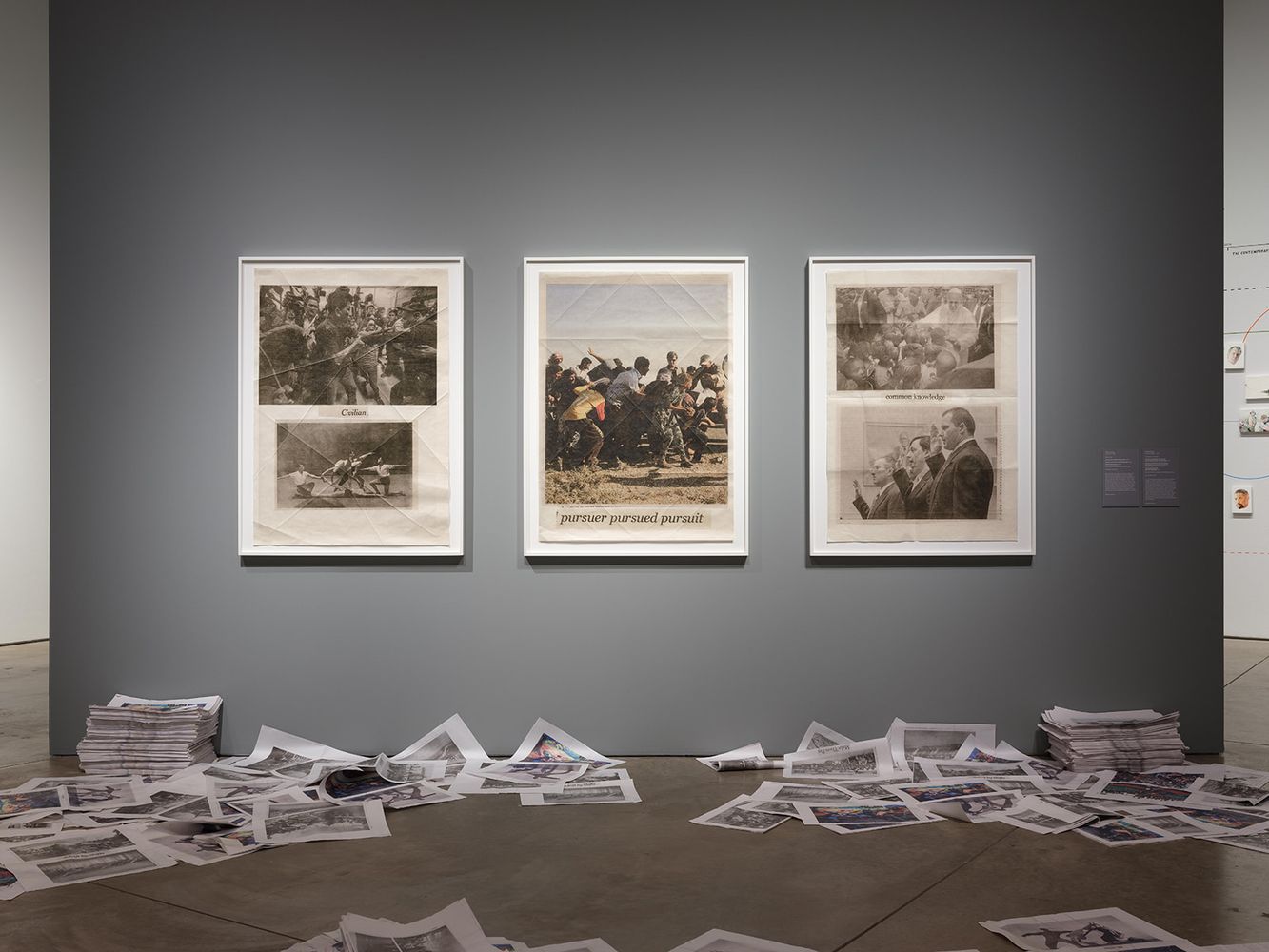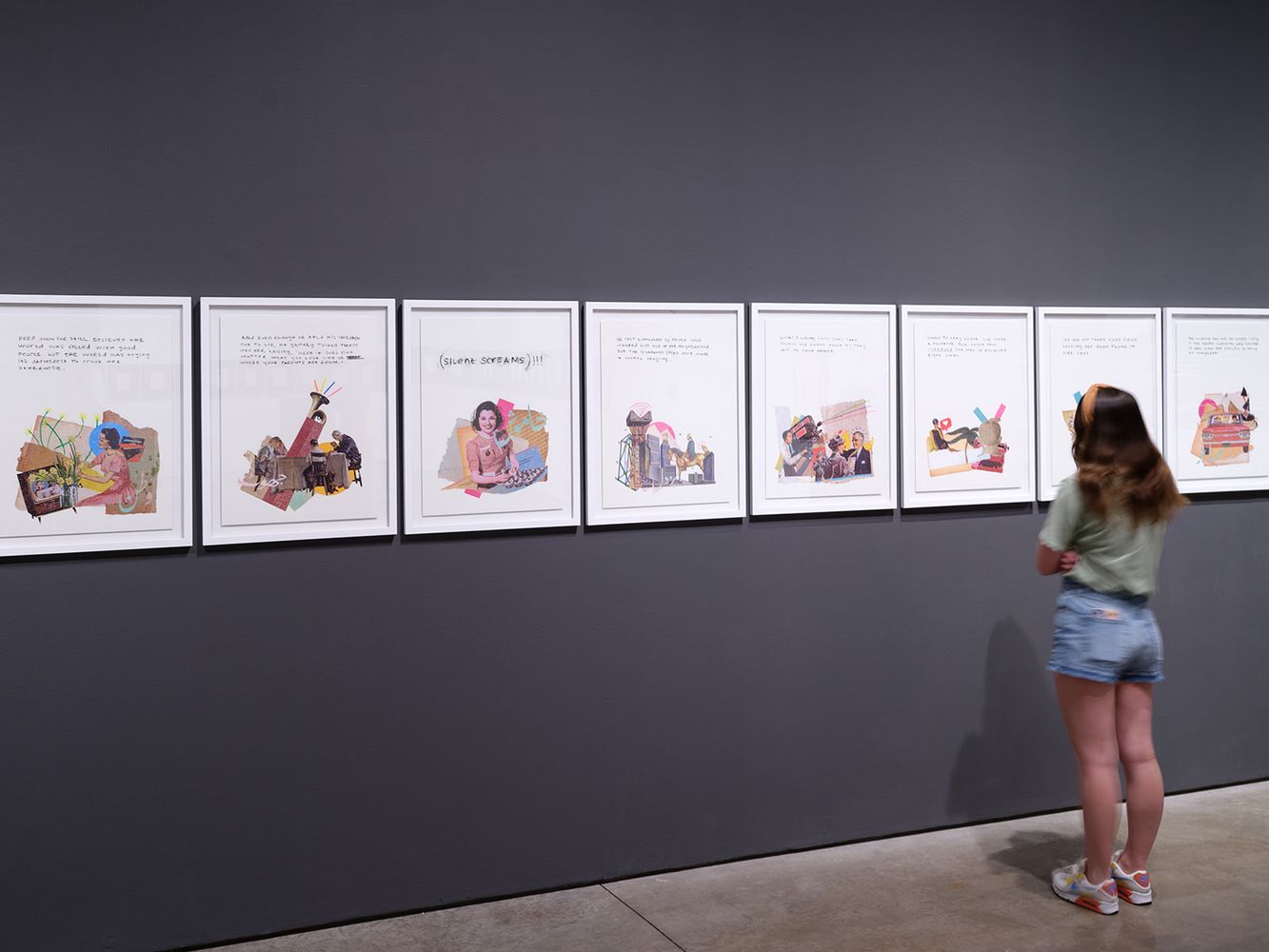I am pleased to announce Zero Art Fair is coming this July to upstate New York. The fair is an experimental model built out of the Store-to-Own project I launched back in 2020. Now, working with artist Jennifer Dalton, we have transformed that concept into an art fair where all of the work is free, but with the same strings attached so that artists can give their work away, without giving up on its value.
To help launch the fair and raise funds to bring it to life in Elizaville this July, we are throwing a party at The Francis Kite Club on Sunday, April 14th from 6 - 8pm. The party is free and open to the public, but we are asking people to help out by buying a ticket at one of the different tiers on offer. We are funding our project in a progressive manner, inspired in part by Mark Bittman’s idea for a progressively priced restaurant, where we acknowledge there are people who need help to live with art, people who can afford to live with art, and people that can help others live with art. We’re trying to fund Zero Art Fair the same way, so please consider contributing what you can.
At this early stage in the development of our first edition of ZAF, we are an unincorporated organization created by me and Jennifer. We are in the process of building an advisory board and a curatorial committee for the fair. We want to pay people who help us make the fair happen, and eventually, if possible, pay ourselves something for the hundreds of hours that we have contributed, but that’s after we’ve covered all of our expenses. This all means that we are not a non-profit 501c3 and we don’t have fiscal sponsorship, so contributions to the fair are not tax deductible. Currently, contributions will be handled through Donorbox and the Stripe payment system under my LLC, Powhida Art. If the fair is a success and moves forward, we will pursue one of those options to formalize our commitment to remaining a not-for-profit project. We aren’t here to make a profit off the work of the artists who are willing to take part in an experiment with us, to see if there are other ways of valuing art.
We hope you’ll join us Sunday, April 14th, to learn more about Zero Art Fair. We’ll be joining Manon Slome (founder of No Longer Empty) and Laura Hanna (The Francis Kite Club and Debt Collective) to talk about the fair and other models for art and community, including how to fund them without giving up accessibility and openness. In the sprit of the Kite, we’ll also be in conversation with artists and collectors in the audience about their own experience with re/sales, inventory, storage, and trades.
Event Info here: https://www.franciskiteclub.com/#/events/102165
If you’re already interested in participating as an artist or collector, please take a moment and fill out our interest survey on our website. If you’d like to get involved in other ways, partnership, sponsorship, or just lending a hand, please email us at zeroartfair@gmail.com and we’ll be in touch.
Prints available through the fundraiser:
William Powhida
What is an Artist? (2017)
Letterpress
16 x 20 inches
Jennifer Dalton
Artist’s Candy (2015)
Silkscreen
27 x 27 inches
It’s the fall art season and that means heading out to openings and events where I run into other artists who ask “What have you been up to?” Generally, I want to say “Nothing! I have zero coming up and don’t really care, because I can barely stand to think about making art.” Of course, I don’t say this because it would be very awkward, and I am still making work, just not for a particular exhibition. For the past several months one of the main things I’ve been working on in fits and starts has been editing a feature length experimental film about my curatorial project Shaoul+Howe that I hope will be finished and debut this year. I’ve had the pleasure of working the film’s director, Guy Richards Smit, and the main editor, Jason Cacioppo to develop the film. It’s been a long time since I’ve edited video, and we’re putting it together from footage shot over 3 months during the run of Shaoul+Howe at 601 Artspace.
This year, I’ve also made a few new drawings for exhibition, and two of the most recent works will be included in a works on paper show at Bert Green Fine Art in Chicago that opens October 14th and runs through December 29th. If you happen to be in Chicago, Bert’s gallery is open on Fridays from 12 - 4pm by appointment Monday through Friday. I’m also currently exhibiting the drawing “Koch Industries (Private Company)” from my 2019 exhibition, Complicities, at Montclair State University Galleries as part of Jesse Firestone’s exhibition The Backend. I’ll be speaking at Montclair on November 9th at 6pm with professor Dr. Ethne Swartz about the business of art.
But back to the other questions artists ask with a mixture of judgment and curiosity “Do you have anything coming up?” I do! I am collaborating again with the wonderful artist Jennifer Dalton to transform my Store-to-Own project into a full-fledged art fair. We’re busy planning and developing the inaugural edition of Zero Art Fair, or 0AF, for next summer’s Upstate Art Weekend. The experimental fair will use my Store-to-Own contract, generously developed by Amy Whitaker and Alfred Steiner, to allow artists to give away previously exhibited works or works they’ve had in inventory for over 5 years, without giving up on its potential market value. Artists who use the contract to give works to collectors retain rights to 50% of any future sale price, and are granted a 10% resale royalty in perpetuity. This is not for newly made works and the fair is not a substitute for selling work. It’s a way to get unsold inventory out of storage and into homes for works that have already had a chance in the market. We understand that the high prices of art are maintained by the careful control of available inventory that perpetuates the myth of scarcity when we know art is one of the least scarce things in the world.
If you’re interested in learning more about Zero Art Fair, get in touch with me. If you interested in supporting the development of the fair, even better.
Images:
Advice to Artists
Graphite and gouache on paper mounted on panel
20 x 16”
2023
Bad Ideas About Art
Graphite, watercolor, gouache, and colored pencil on paper mounted on panel
20 x 16”
2023
Some of My Favorite Arts
Graphite, watercolor, gouache, and colored pencil on paper mounted on panel
20 x 16”
2023
Language in Times of Miscommunication opened March 4th at the Scottsdale Museum of Contemporary art. The show is curated by Lauren O’Connell, the museum’s curator of contemporary art, with the support of Kesha Turley. The exhibition includes the most recent iteration of my installation, Possibilities for Representation, that I began work on over three years ago. It spans a period of time that includes a pandemic and Joe Biden’s defeat of Donald Trump in the 2020 election.
The exhibition brings together the work of 18 artists whose work addresses the role perception plays in the reception of information. It’s an ambitious show that pushes back against dismissive labels like ‘political art’ with a range of works that engage subjectivity and how viewers or audiences may construct meaning, perhaps differently than intended by any individual author. The speed with which words, phrases, and are coopted and appropriated by the right highlights the mutability of language to function as a political symbol.
The show was recently reviewed by Lynn Trimble for Hyperallergic who observed “William Powhida’s “Possibilities for Representation” (2020–ongoing), an expansive watercolor and gouache installation comprising a timeline of the United States’ political history and several imagined futures, speaks to the existence of propaganda across time with an elegant mix of history and humor, conveyed in part through images culled from the overlapping realms of politics and pop culture.”
My installation shares a gallery with York Chang, Christopher Jagmin, April Bey, Jenny Holzer, and Safwat Saleem among the artists included in the exhibition. If you are in the area this excellent group show is currently on view in Scottsdale, AZ until August 27th and well worth a visit. A catalog is currently available for pre-order and curator Lauren O’Connell has written an extensive and insightful essay that provides far more context for all the artists' work.
I’m grateful to Lauren O’Connell and the museum for providing me the space and time to produce the latest version of Possibilities. Further documentation of all of the paintings included in the installation will be available soon. This is an exhibition that I would love to see travel in 2024 as we enter another election cycle in times of constant and intentional miscommunication.
Installation views of Language in Times of Miscommunication at Scottsdale Museum of Contemporary Art (SMoCA), March 4 – August 27, 2023. Photo: David Blakeman
Pictured: William Powhida’s Possibilities for Representation (Variation 6), York Chang’s Factograph Series, Christopher Jagmin’s I Will Sleep Tonight (center) and April Bey’s Your Progress (left). Safwat Saleem’s Concerned but Powerless #1 - #22
The Art World™ is in full swing in Miami celebrating the art market’s dominance as the main distribution system for contemporary art under global capitalism. I’m thinking about what it means to be an anti-capitalist, which I cannot claim to be while my products are on display at Art Miami. It is more of an aspirational position, while I remain stuck in contradiction trying to sell work critical of the role of art and artists in a global art market. I’m thinking about it because you don’t have to identify as a capitalist when you participate in the art world. That distinction is reserved for actual anti-capitalists (some of whom are probably showing and selling work tbf). It’s not like you have to append your role to include ‘capitalist’ along with your other identity markers. I think would be embarrassing for many of us who have rather progressive social and political beliefs about how society should operate, particularly in the state of Florida where Republican Ron DeSantis is gearing up for his presidential campaign. That contradiction doesn’t seem to matter much when so many people invested in art descend on South Beach for the party. For a few more days the art world will revel in the fullness of its embodiment of capitalism and congratulate the winners including those politically-minded artists who embrace the contradiction to get their messages in front of the ruling class with the money to buy their work. It’s a bit gross to watch unfold across the various media platforms, but it is also an accurate distillation of the dominant forces driving contemporary art - aspiration, speculation, and compliance. At the very least, I do not have be there to kiss all the ass. At this point, I’d rather just send the art into the Miamiasma. I have to credit artist Paul D’Agostino for that term and the title of this brief post, after he coined the phrase from my obligatory Instagram post of my work for the fairs. And of course, the works are available through Gallery Poulsen, if you happen to identify with my position.
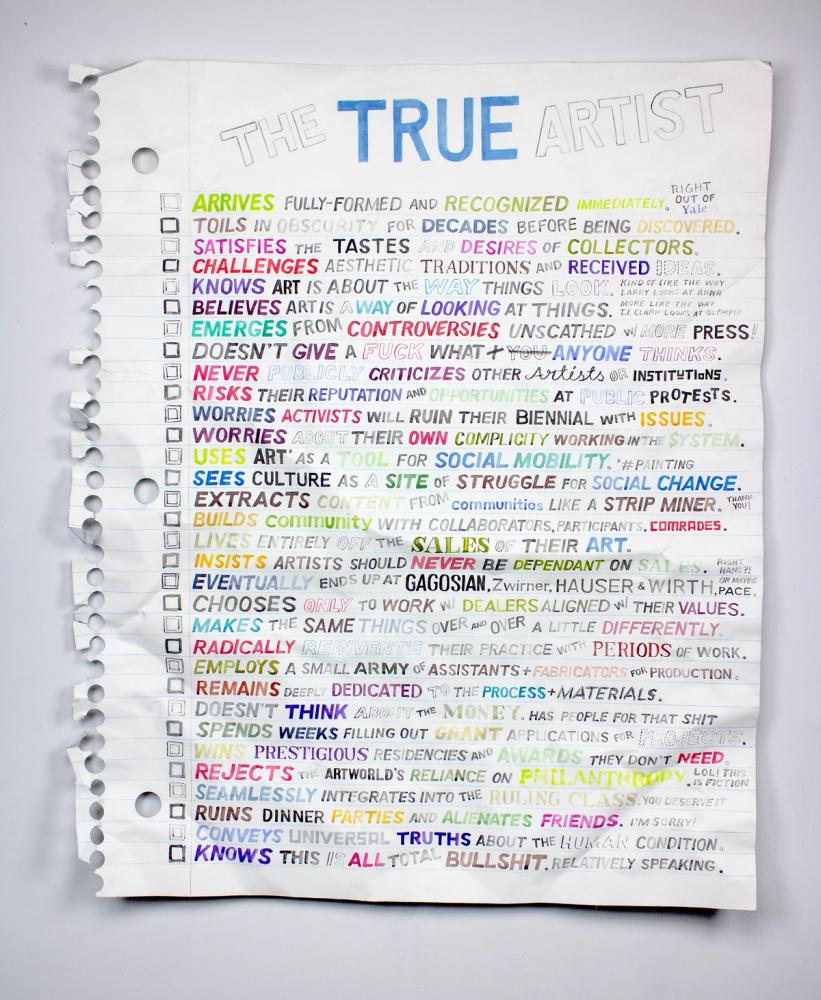
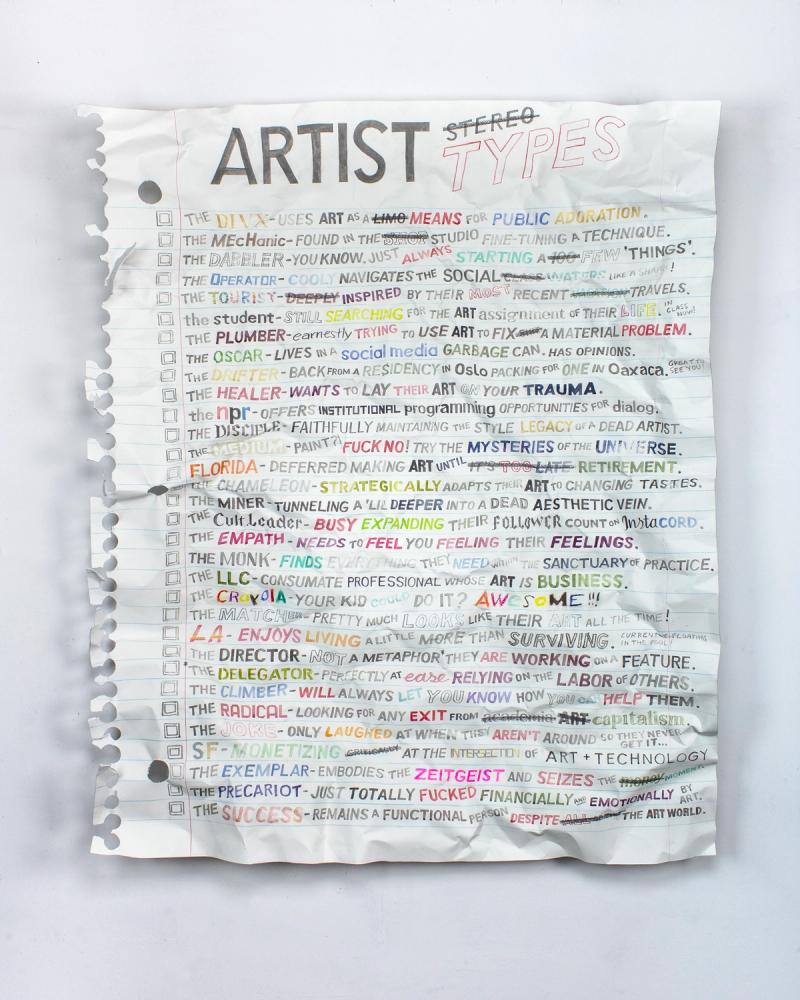
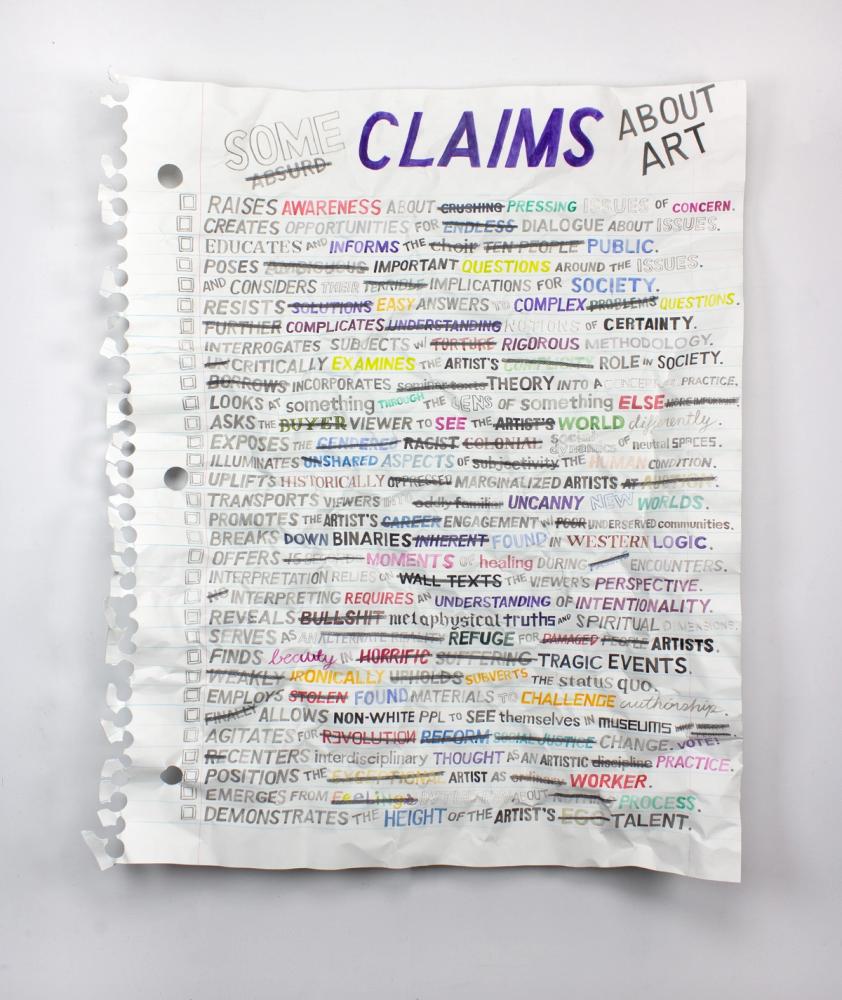
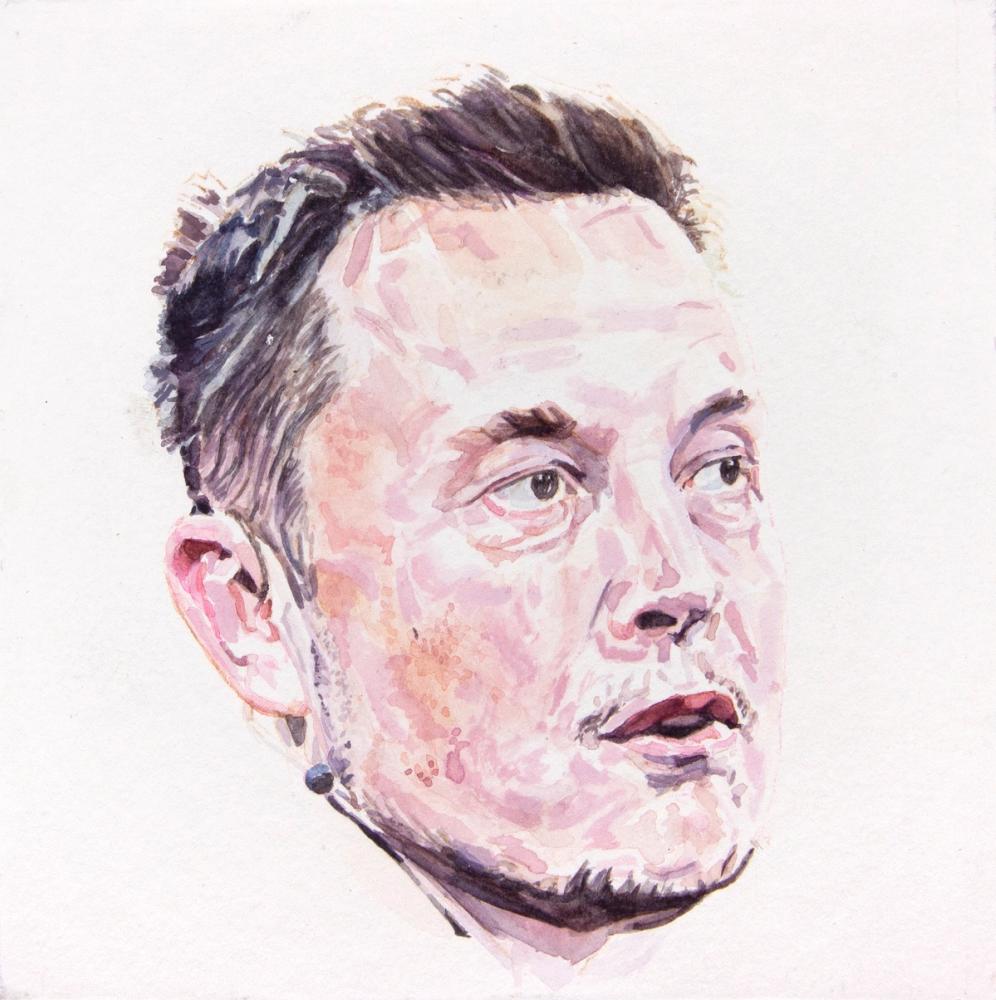
Elon Musk’s acquisition of Twitter has motivated me to stop using the platform and start thinking about other, older ways of thinking in public again. Prior to Musk taking the company private again, I had largely stopped using the platform to communicate with others in any meaningful way. It became a site to get news and hear the inner monologues of a few interesting people, but those accounts had grown few and far between. Mostly I seemed to be reading about narrow bands of interest from interesting people or watching journalists practice an extension of their (paid) work as writers. All of this has been accompanied by a shift towards live-performance on Instagram and TikTok, which I have little interest engaging with. As a ‘word person’, I had also stopped writing and thinking in forms longer than a caption outside of my art or the occasional writing project. I don’t think I’m going to return to regular blogging, but I do think there is something to returning to a space where I can think out loud when no one is looking. I imagine anyone reading this has decided to visit this site looking for a particular art work or some piece of information. It is an island in a sea of information and does not have to perform in an attention economy. Anyway, it’s ironic that the democratizing platform of Twitter has ended up in the hands of a billionaire who is looking to turn Twitter into a profit-engine. It’s something that would fit neatly into one of my more dystopian timelines about the contemporary era which has seen some of the worst effects of wealth and income inequality come to pass, including the erosion of democratic institutions that Thomas Piketty warned about in Capital in the 21st Century. So, you won’t find me active on Twitter anymore @powhida, but I’m leaving the account there as a digital headstone for over a decade of sometimes interesting and often embarrassing public engagement about being an artist in New York. #RIPDrunkartist
